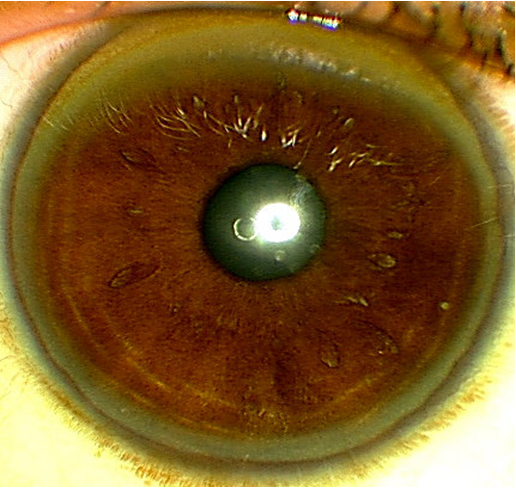At 14 years, S, had just been promoted to class IX, was academically among the first five in her batch, active in sports, fond of clothes, accessories and makeup, and in a hurry to grow up, as any other young girl. Over the next six months her parents noticed a distinct change in personality. She was inattentive in class, lagged in her homework, sloppy in dressing, refused to go to play and when she did, she entered into skirmishes with her friends, sulked and was adamant. Her school grades dropped, her class teacher complained about her inattentiveness, and rude and disruptive behavior at school. She talked of running away from home and ending her life. S’s parents didn’t know what to make of the symptoms. Initially, they thought it was teenage behavior. Friends, teachers and counselors suggested stress of a new curriculum, inappropriate peer group, burden of high parental expectations, depression, hormonal changes etc. S was seen by numerous doctors and specialists. Counselling, antidepressants and tonics – none helped.
Over the next year S developed difficulty in speaking and abnormal posturing and tremors in her hand, writing became illegible. She had imbalance and would freeze every few steps. At this stage aged 15 years, two years after the initial symptoms she dropped out of school due to behavioral problems and increasing physical disability.
S was suffering from Wilson disease, an inherited neurometabolic disorder that results from excessive copper deposition in the body. Our normal diet contains far excess copper than we need. In patients with Wilson disease, the liver cannot excrete excessive dietary copper into bile and copper accumulates in the body primarily in the liver and brain. Children affected by the disease present with liver-related symptoms just as recurrent brief episodes of jaundice, repeated hemolytic anemia (due to copper-related injury to RBCs) or incidentally diagnosed altered LFT. In rare instances Wilson disease can also result in rapid-onset fulminant or acute liver failure that can result in death within a few weeks. On the other hand, young children with Wilson disease can also present with neurological problems like S. These children usually have altered LFT or liver cirrhosis on abdominal ultrasound. Pain in joints and bones or fracture following trivial injury is also seen. Without treatment Wilson disease is uniformly fatal and children affected by the disease usually don’t survive beyond young adulthood.
S was referred to our center and diagnosis of Wilson disease was quickly confirmed. At this stage, 3 years into her illness, age of 17 years, she could not walk, couldn’t talk and needed a nasogastric tube for feeding. This, three delays in diagnosis is not unusual world over. Diagnosis of Wilson disease is complex and based on clinical features and combination of tests for instance identification of copper deposits in the cornea, called Kayser-Fleischer rings (see picture). Tests such serum ceruloplasmin, 24 -hour urinary copper excretion, CBC, LFT, brain MRI aid in diagnosis. Genetic testing, when available, is gold standard test. As Wilson disease is a genetic disease (autosomal recessive), once diagnosed in a child, all siblings need to be examined to confirm or refute the diagnosis in them.

S, was prescribed penicillamine tablets and the drug doses were gradually escalated. Penicillamine is an oral copper chelator that helps slowly excrete the excessive copper deposited over the years and also prevents ongoing daily copper deposition. S was advised to eat whatever she wanted, as copper is present in water and all foods that we eat and a zero or low copper diet is untenable. However, it was best if she avoided four things: chocolates, dry fruits, shellfish and aerated drinks for the first 6 months of treatment. First signs of improvement were seen after 4 months, she could now smile, stand and even walk a few steps with support. Over the next 3 years with close clinical monitoring and careful treatment titration S recovered. Kayser-Fleischer rings disappeared. S could finish schooling and is close to completing her graduation. S, has big dreams, getting a job, pursuing fashion designing, starting a studio, boyfriends etc. She can look forward to conceiving and enjoying a normal pregnancy, once she so decides.
Recovery in Wilson disease is dramatic and it is heartening to see these young adults lead normal work, social and family lives. To learn more about our Wilson disease Clinic and work in the field please see information on our hospital’s webpage.
 Back to Site
Back to Site